Linear lichen – also known as acquired linear inflammatory skin rash, Blashko’s versicolor or linear lichenoid dermatosis with a fairly characteristic clinical picture. This is a benign, inflammatory skin disease that usually does not require treatment as it goes away on its own.
Linear lichen is a rare disease that most often occurs in children aged 5 to 15 years, although it can occur at any other age. The average age of onset of pathology is about 3 years.
Etiology and pathogenesis of Linear lichen
The exact cause of linear lichen is unknown. Some studies show a higher incidence among girls, but this has not been unequivocally proven, as well as the hereditary nature of this pathology.
The most likely triggers for the development of linear lichen are:
- Skin trauma;
- Skin infections;
- Intrauterine infections (especially viral);
- Taking medications in pregnant women (especially antibacterial drugs);
- The consequences of vaccination;
- Propensity to allergies (aggravated history of allergic rhinitis, bronchial asthma or atopic dermatitis and other hypersensitivity reactions);
- Environmental factors (seasonality is noted with exacerbations in the spring-summer period).
- In the etiology of linear lichen, autoimmune processes are not excluded, especially those occurring during the intrauterine life of the subject. This connection is found for the reason that linear lichen corresponds to the Blaschko lines, which are of embryonic origin.
Linear lichen Clinical picture
Linear lichen is pinkish-red or flesh-colored spots formed by papules with a flat top and scaling, which gradually (within 2-3 weeks after appearance) merge with each other to form a characteristic scaly strip from a few centimeters to 20-30 cm long.
In patients prone to atopic dermatitis, itching of varying intensity appears in the area of the strip. It usually does not affect the quality of life. In severe cases, especially with severe cases of any other allergic reactions, itching is severe and requires medical correction.
Lichene lesion usually occurs on the upper (more common) or lower extremities, although it can occur or extend to the neck, trunk, or buttocks. Rarely, primary lesions are located on the face or abdominal wall.
Although lichen lineus predominantly affects the skin, it can also occur on the nails (in isolation or in combination with skin lesions). At the same time, onycholysis, splitting, abrasion and complete loss of the nail are noted.
After the onset, the symptoms of linear lichen can persist for several months, after which they slowly disappear on their own. The entire period of the disease usually does not exceed one year. Relapses are rare.
In place of the lichen, a strip of hyperpigmentation may remain, which disappears without a trace in 3-4 years. In rare cases, this streak persists for life.
Diagnostics of Linear lichen
For the diagnosis of linear lichen, visual examination and anamnesis of the disease are often sufficient. However, the diagnosis process can be difficult if the rash is atypical. If the diagnosis is unclear, additional tests may be done to rule out fungal skin lesions (potassium hydroxide (KOH test) or other conditions (dermatoscopy, biopsy).
Linear lichen treatment
Linear lichen treatment is usually not required, as it goes away on its own within 3-12 months. Occasionally, topical medications may be prescribed to relieve local symptoms.
Moisturizing oils or creams can be used to combat dry and itchy skin. Local steroids are also used.
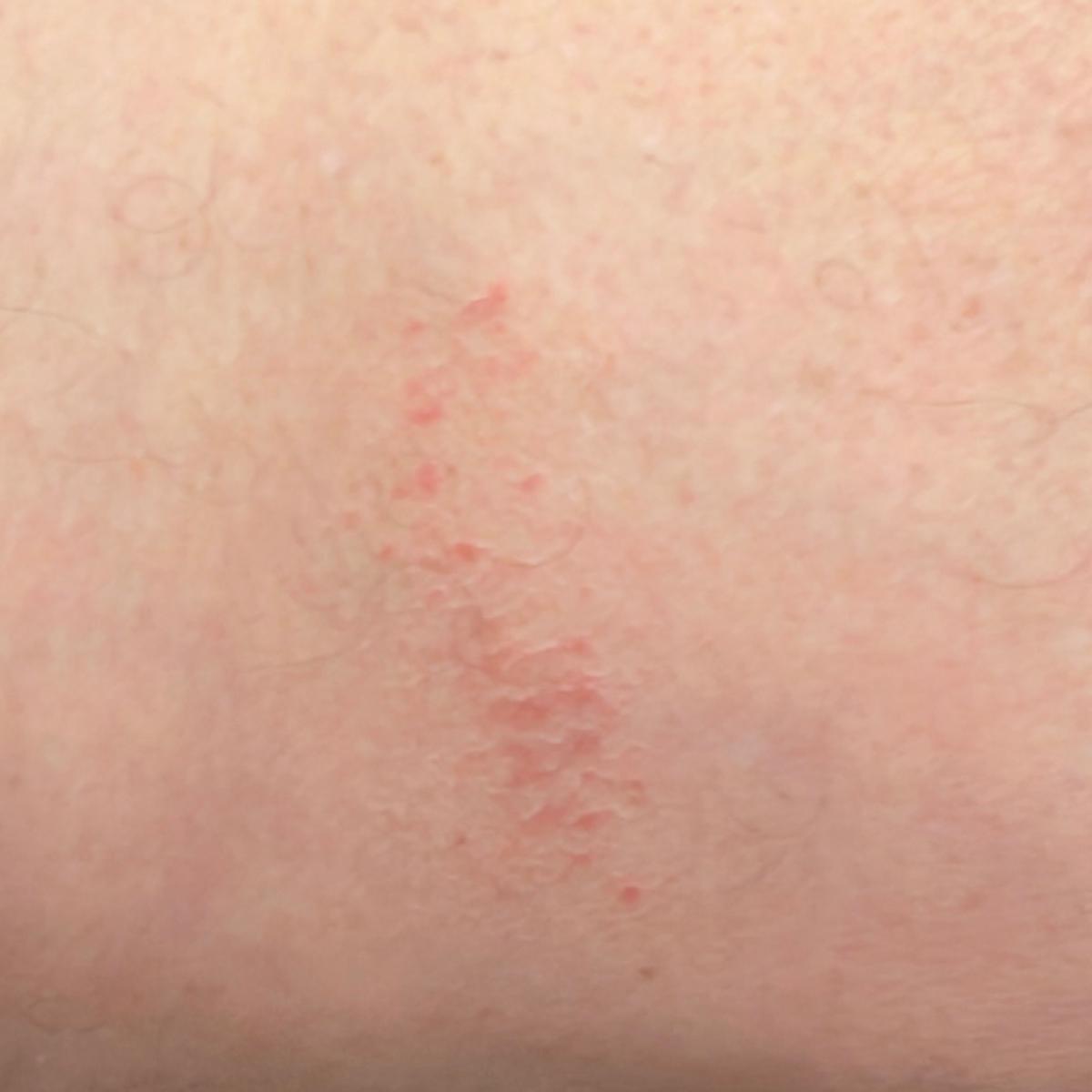

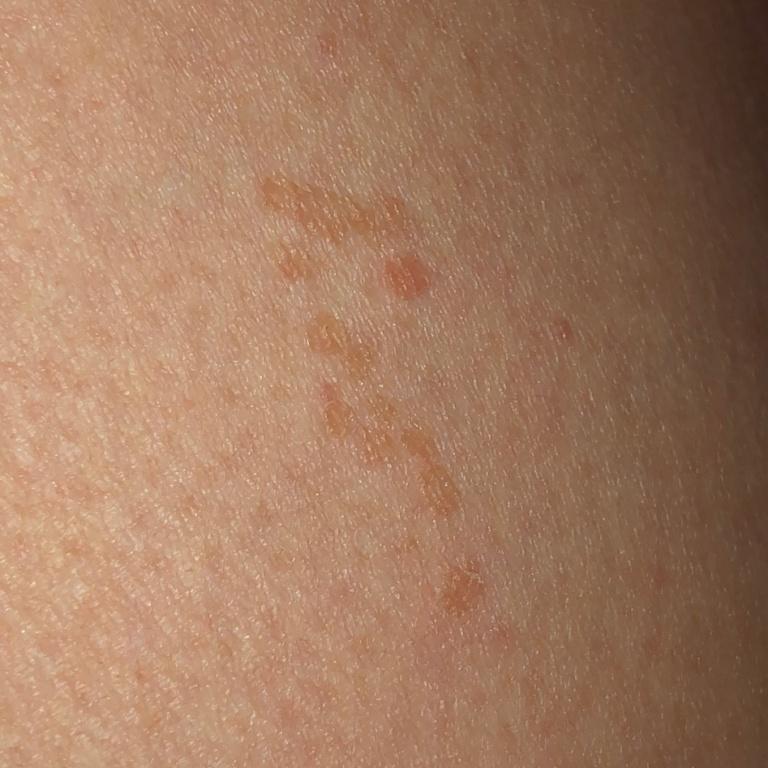

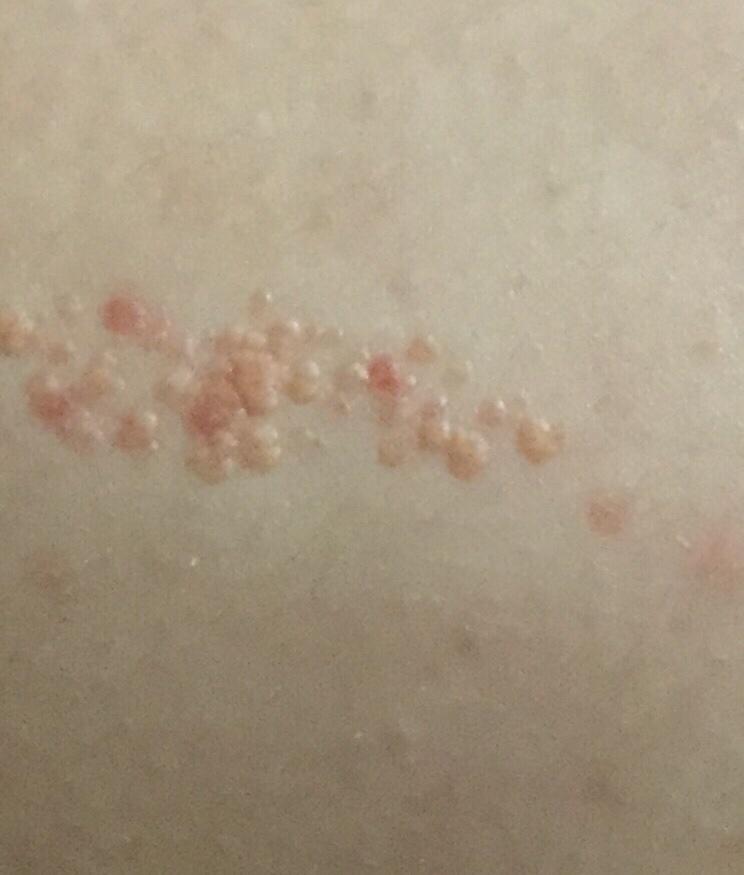
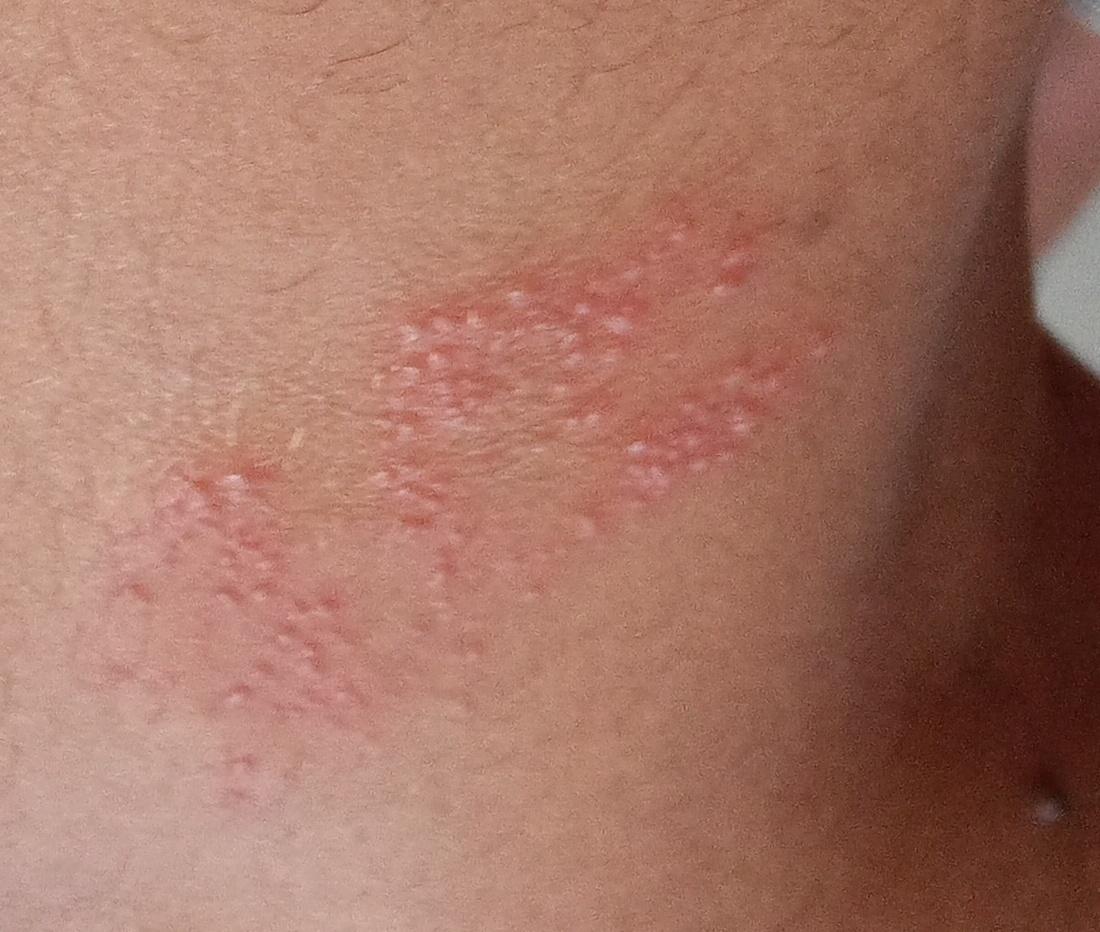
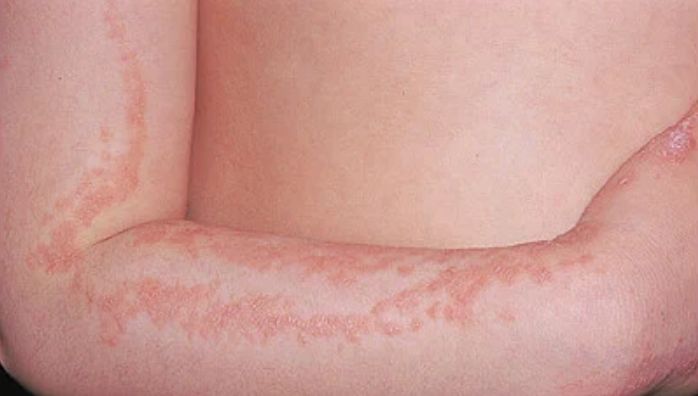
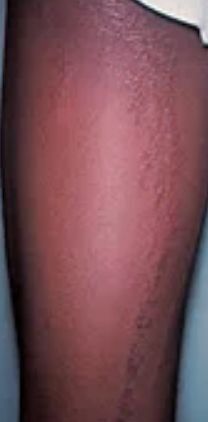

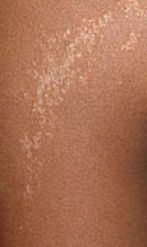
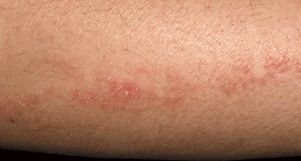

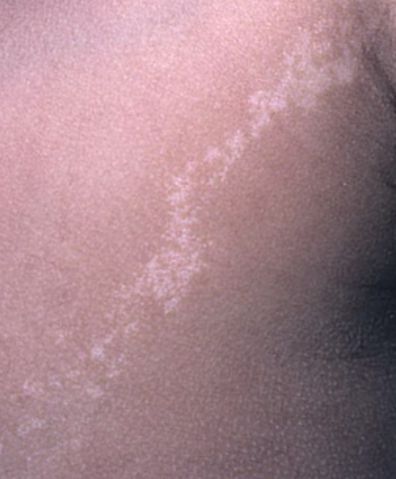
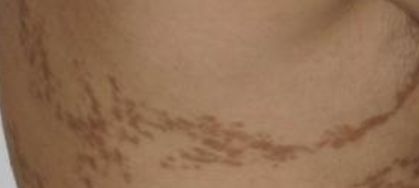

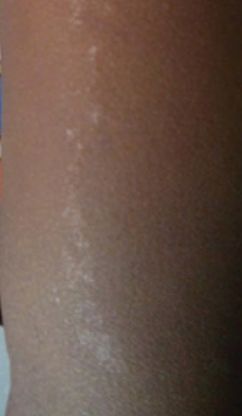
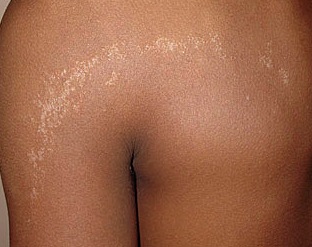
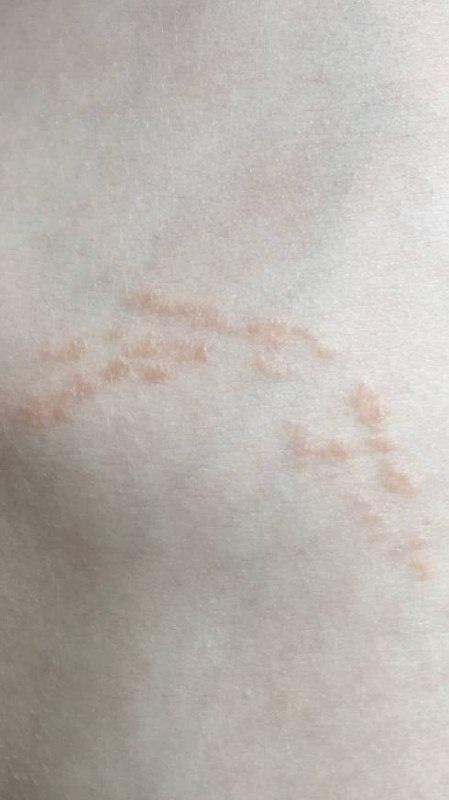
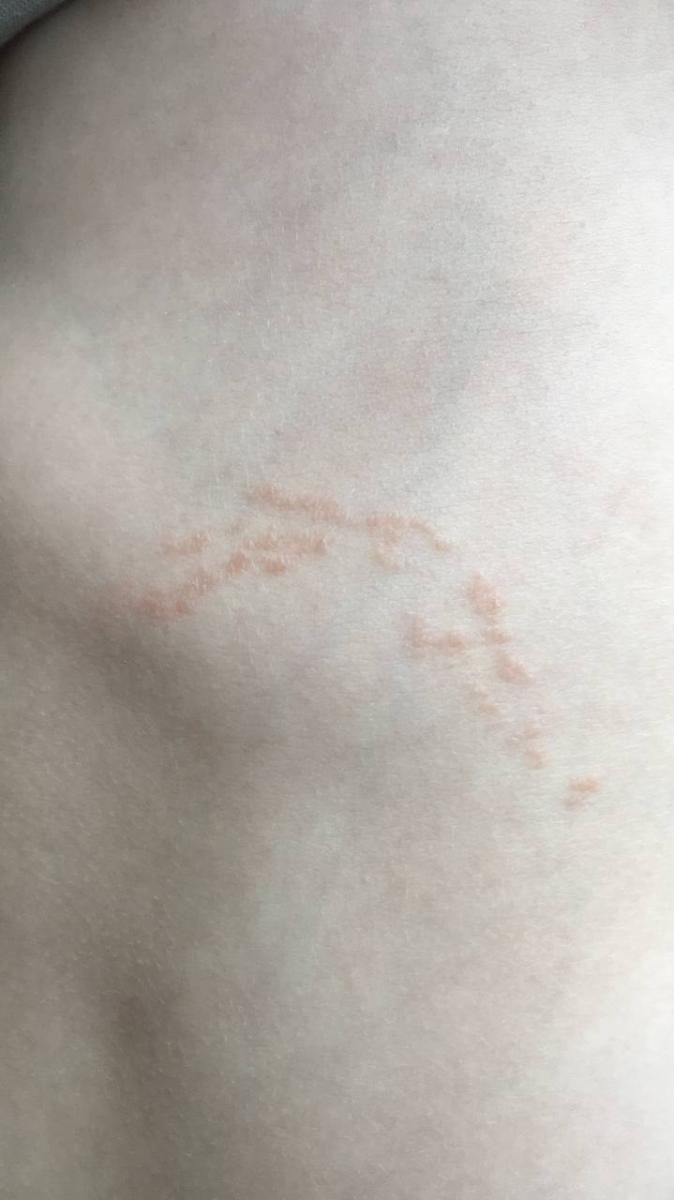
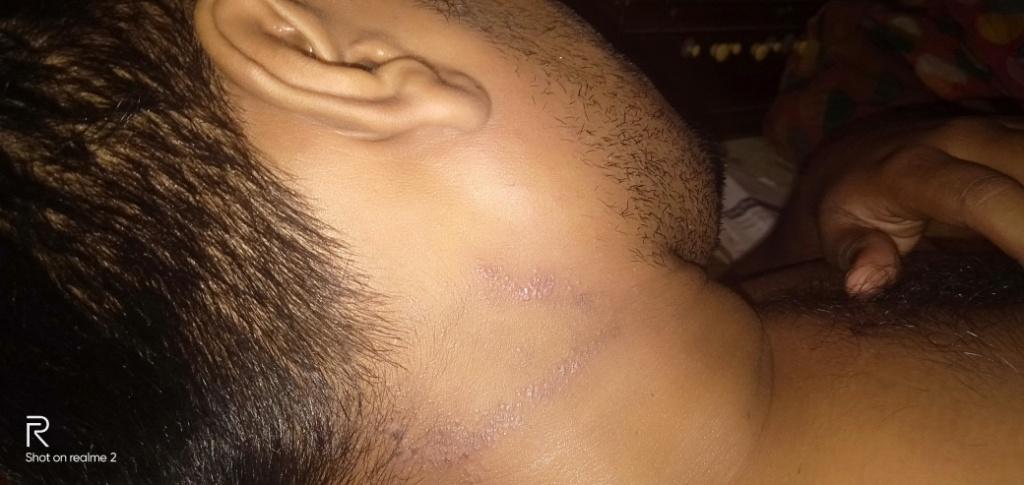

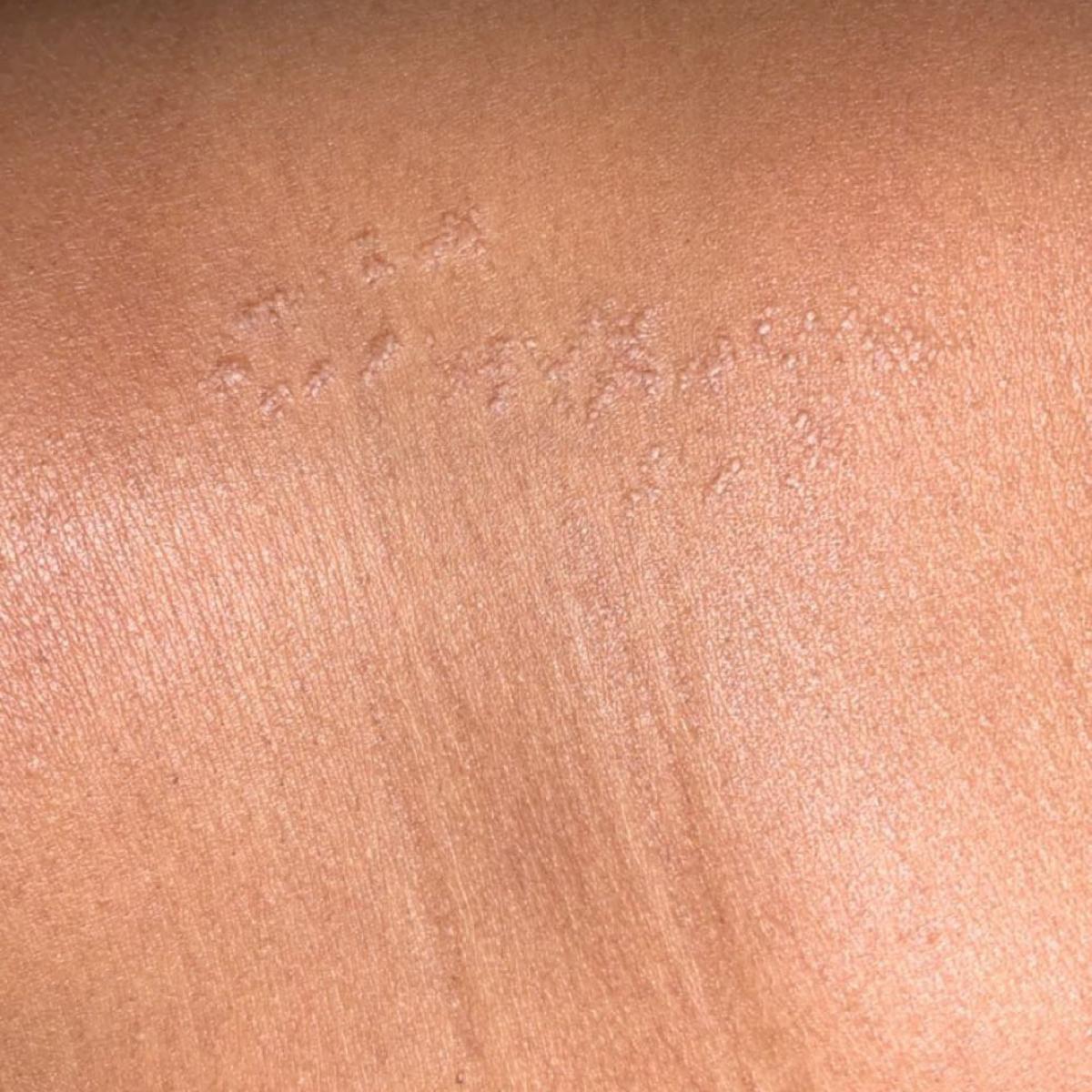

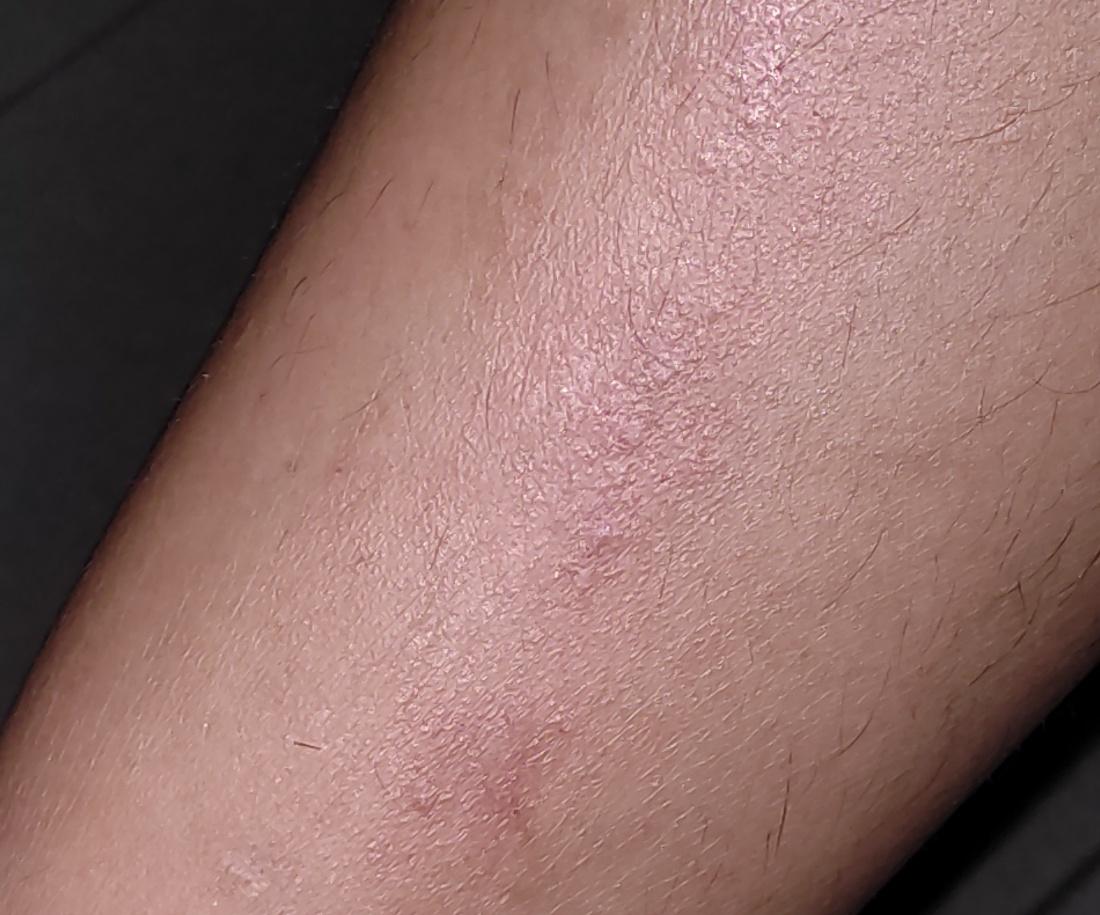
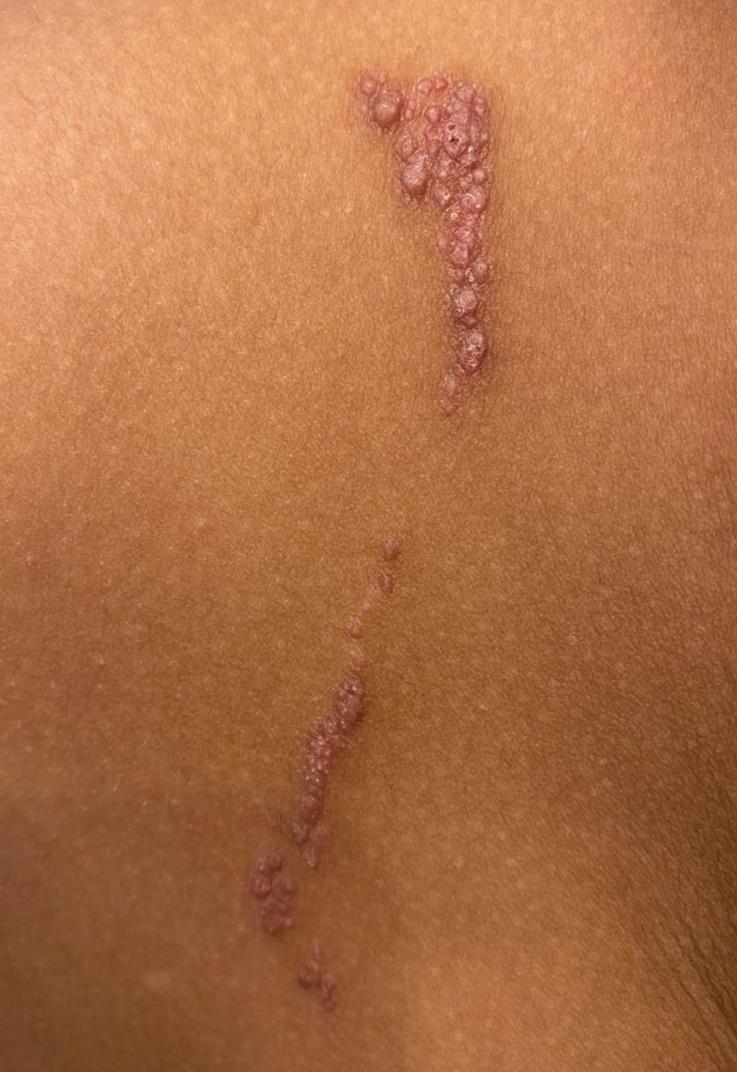
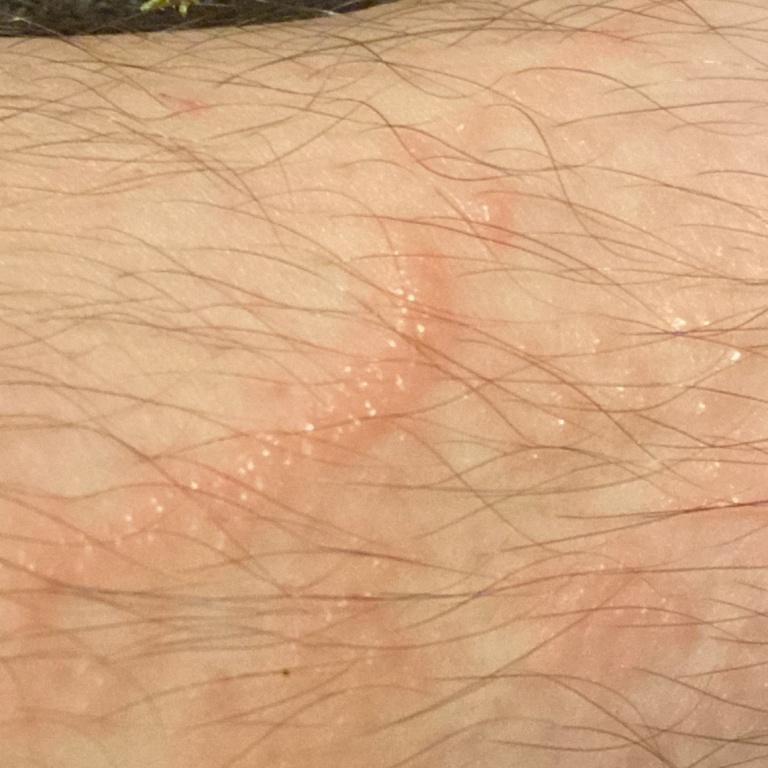
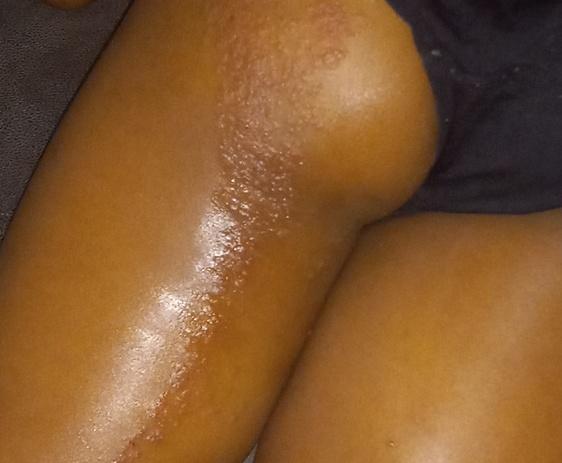

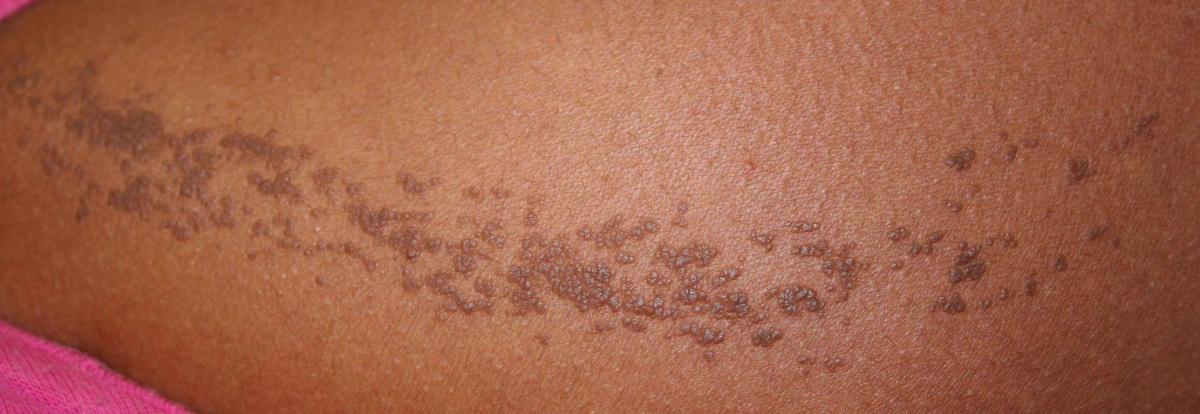
** Should you identify any copyright infringement regarding the images on this page, kindly reach out to us at info@skinive.com.
Furthermore, please be advised that these photos are not authorized for any purpose.
